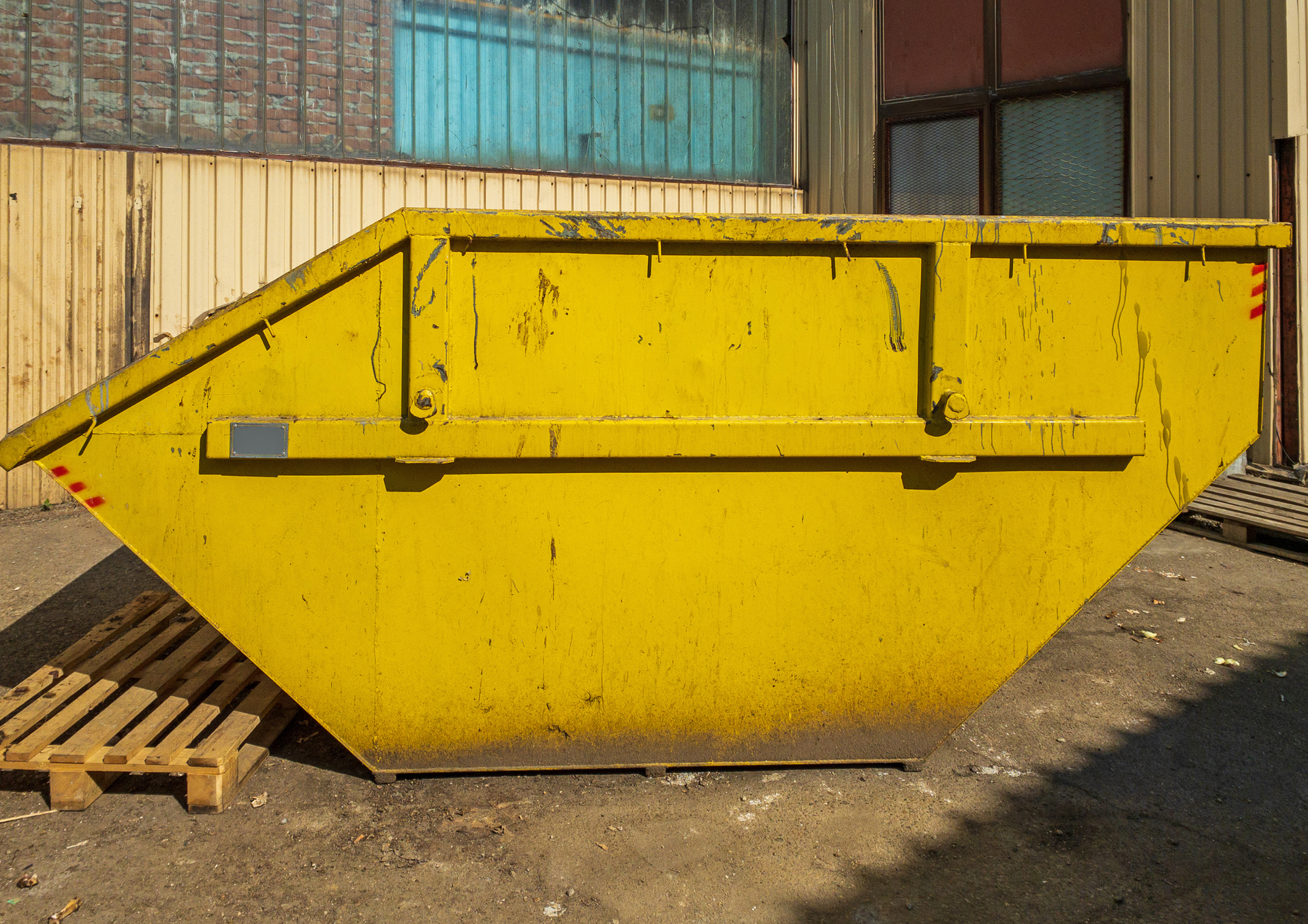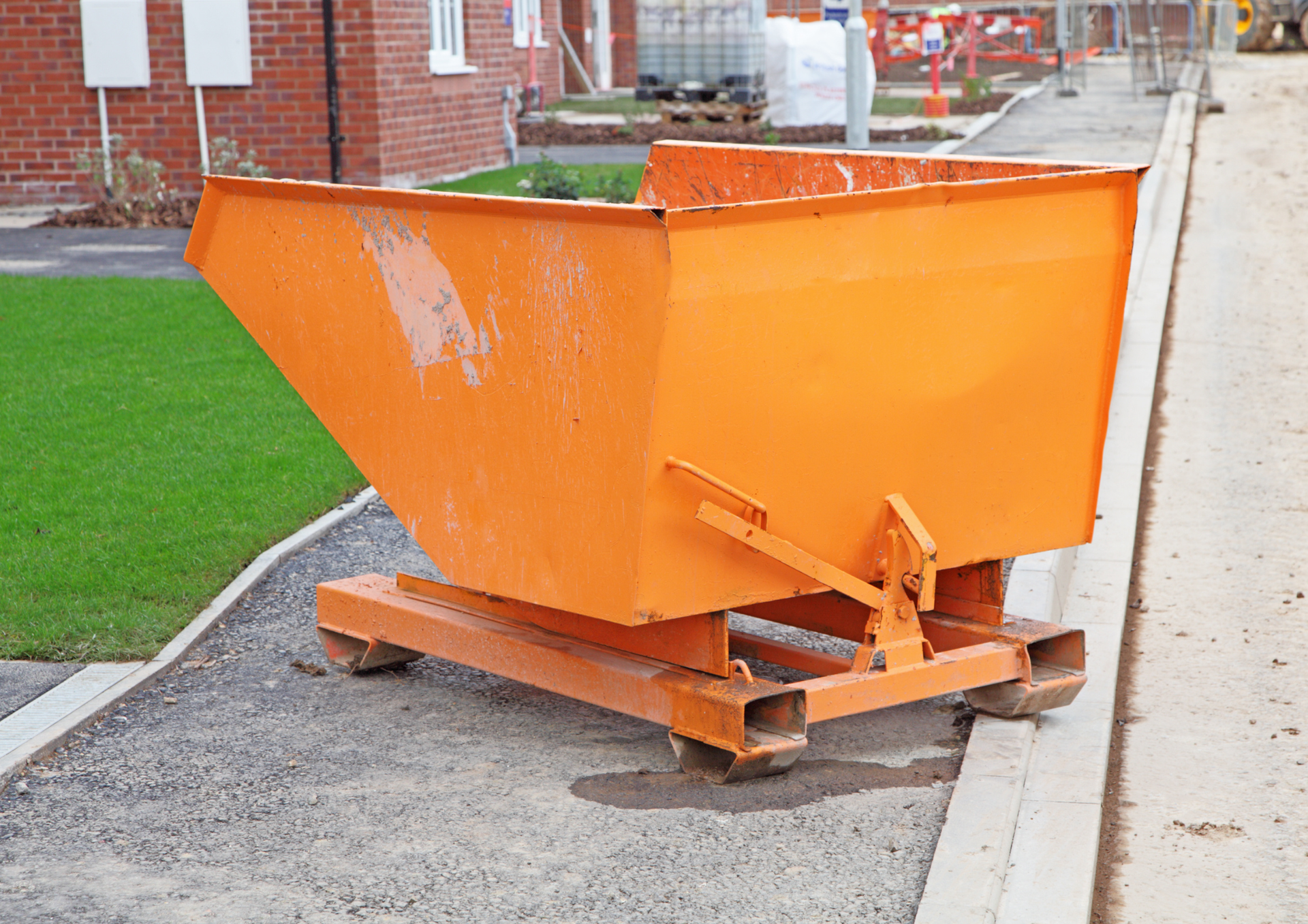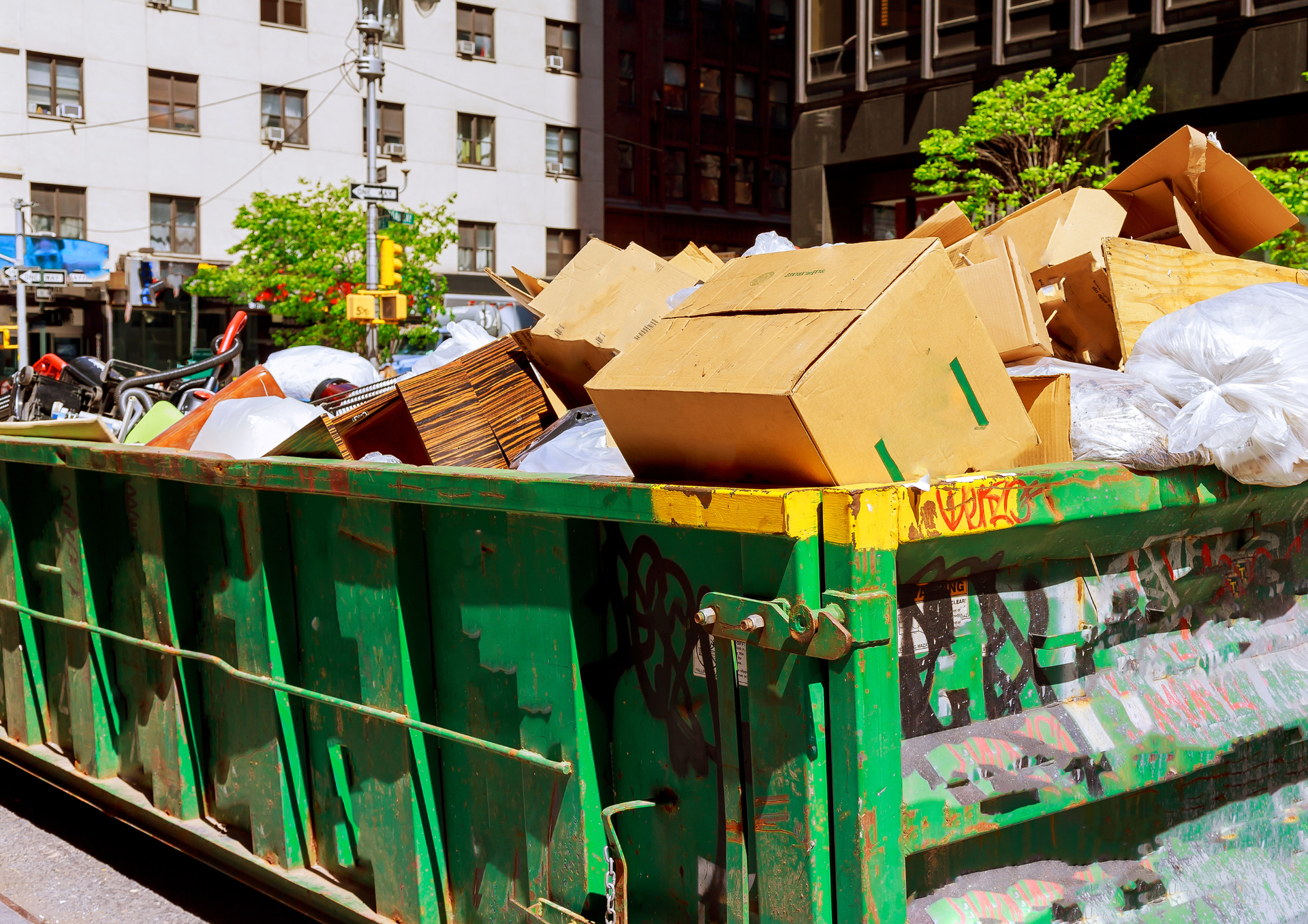Skip Hire Tips: Choosing the Right Skip for Your Business Use
When it comes to waste management, making the right choice from the start can save your business time, money, and unnecessary stress. Whether you're a contractor managing a construction project, a homeowner tackling a major renovation, or a business relocating offices, choosing the most suitable skip hire option is essential for managing waste efficiently and responsibly.
This blog helps you choose the right skip size and service by covering skip sizes, waste types, regulations, and key considerations.
Understanding Your Waste Type and Volume
Before booking a skip, consider the type and amount of waste you'll be disposing of. Different projects generate different kinds of waste — from bulky construction debris and soil to general household clutter and garden trimmings. Choosing the right skip hire option depends largely on understanding what needs to be removed.
For construction firms or landscapers working on major groundwork, heavier materials like rubble, bricks, and soil may require a more robust skip. Homeowners undertaking renovations or garden clearances typically generate mixed waste such as plasterboard, timber, green waste, and old furniture.
Understanding what you’re throwing away not only ensures you're selecting the right skip size but also helps comply with local disposal regulations. Not all materials can go into every skip — hazardous waste, electrical items, and certain liquids require specialised handling. Being upfront with your skip provider about what you’ll be disposing of avoids delays, fines, and costly re-collections.
Choosing the Correct Skip Size
Once you’ve identified the type and volume of waste, the next step is to decide on the appropriate skip size. Selecting a skip that's too small can lead to overfilling, extra charges, or the hassle of hiring a second skip. Conversely, one that's too large results in wasted space and unnecessary costs.
Let’s briefly explore some popular skip sizes:
- A
4 yard skip is often called a "mini skip" and is ideal for smaller domestic clear-outs or garden projects. If you're decluttering or tackling a bathroom renovation, this might be just what you need.
- The
6 yard skip is often used for moderate amounts of waste and is popular among homeowners and builders working on mid-sized renovation tasks. It offers a good balance between space and footprint.
- A larger
8 yard skip, commonly known as a "builders skip", is suitable for heavier, bulkier waste. It’s ideal for larger residential projects and commercial use. Many construction companies opt for this size due to its high capacity.
To determine the best skip for your project, think about both the volume and type of waste. Overfilling skips is illegal and unsafe, so it's wise to overestimate slightly if you're unsure.
Navigating Logistics and Local Regulations
Hiring a skip isn’t just about choosing the right size; understanding placement logistics is also important. If you have space on private property like a driveway or construction site, placement is usually straightforward. But if the skip needs to go on a public road or pavement, you'll likely need a permit from the local council.
Think about access for delivery and collection too. Narrow driveways, low-hanging branches, or tight spaces might restrict where a skip can be placed. Ensuring there’s clear, level ground for the skip truck will make delivery easier and reduce the risk of delays.
If you’re in a tight urban area and typing “skip hire near me” into your search bar, consider mini skips or enclosed skips that are better suited for confined spaces. Some skips come with lockable lids, which is useful for preventing fly-tipping in public or shared areas.
Sustainability and Responsible Disposal
Environmentally responsible waste disposal is no longer just a bonus — it’s expected. Whether you're a business, tradesperson, or private individual, choosing a skip hire service that prioritises sustainability offers peace of mind and helps ensure compliance with waste regulations. For event organisers and commercial premises, it’s important to know where your waste goes after collection. You can request documentation, including waste transfer notes, which confirm responsible disposal practices.
Choosing the right skip for your project doesn’t have to be complicated. With a bit of planning and an understanding of your specific needs, you can avoid common pitfalls such as overfilling, delays, or hidden costs. Consider the type and volume of waste, available space for delivery, and whether you'll need permits or special disposal arrangements. No matter the size or scale of your project, the right skip will make your waste management more efficient, compliant, and cost-effective.
At
Skip Hire Leicester, we understand the diverse needs of our customers — from construction companies and landscapers to homeowners and commercial clients. Here’s why our customers trust us time and time again:
- Tailored Solutions – We offer a wide range of skip sizes.
- Transparent Pricing – No hidden charges, just straightforward pricing and honest advice.
- Sustainability Focused – We prioritise recycling and follow all local regulations for responsible waste disposal.
- Exceptional Support – From permit handling to size guidance, our knowledgeable staff are always ready to assist.
Just out on X:
Skip hire essentials – selecting the right skip for your business needs!




